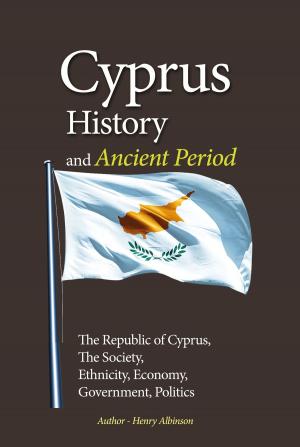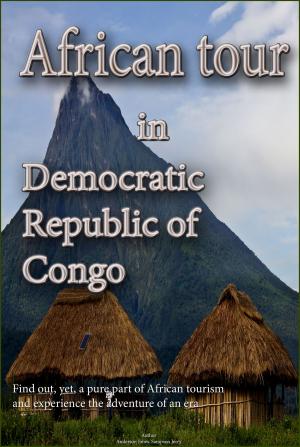| Author: | Henry Albinson | ISBN: | 9781310781759 |
| Publisher: | Sonit Education Academy | Publication: | June 25, 2016 |
| Imprint: | Smashwords Edition | Language: | English |
| Author: | Henry Albinson |
| ISBN: | 9781310781759 |
| Publisher: | Sonit Education Academy |
| Publication: | June 25, 2016 |
| Imprint: | Smashwords Edition |
| Language: | English |
History of Haiti, and discovery book also include, Haiti travel guide, Haiti art and Culture, Haiti government and politics, tourism and investment
The island of Hispaniola (La Isla Española), which today is occupied by the nations of Haiti and the Dominican Republic, was one of several landfalls Christopher Columbus made during his first voyage to the New World in 1492. Columbus established a makeshift settlement on the north coast, which he dubbed Navidad (Christmas), after his flagship, the Santa María, struck a coral reef and foundered near the site of present-day Cap Haïtien.
The Taino Indian (or Arawak) inhabitants referred to their homeland by many names, but they most commonly used Ayti, or Hayti (mountainous). Initially hospitable toward the Spaniards, these natives responded violently to the newcomers' intolerance and abuse. When Columbus returned to Hispaniola on his second voyage in 1493, he found that Navidad had been razed and its inhabitants, slain. But the Old World's interest in expansion and its drive to spread Roman Catholicism were not easily deterred; Columbus established a second settlement, Isabela, farther to the east
History of Haiti, and discovery book also include, Haiti travel guide, Haiti art and Culture, Haiti government and politics, tourism and investment
The island of Hispaniola (La Isla Española), which today is occupied by the nations of Haiti and the Dominican Republic, was one of several landfalls Christopher Columbus made during his first voyage to the New World in 1492. Columbus established a makeshift settlement on the north coast, which he dubbed Navidad (Christmas), after his flagship, the Santa María, struck a coral reef and foundered near the site of present-day Cap Haïtien.
The Taino Indian (or Arawak) inhabitants referred to their homeland by many names, but they most commonly used Ayti, or Hayti (mountainous). Initially hospitable toward the Spaniards, these natives responded violently to the newcomers' intolerance and abuse. When Columbus returned to Hispaniola on his second voyage in 1493, he found that Navidad had been razed and its inhabitants, slain. But the Old World's interest in expansion and its drive to spread Roman Catholicism were not easily deterred; Columbus established a second settlement, Isabela, farther to the east















